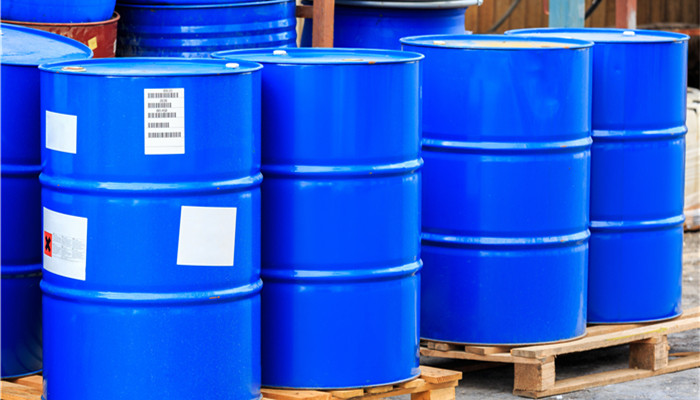
The production of dioctyl phthalate (DOP) continues to decline, and the industry development prospects are not optimistic.
Dioctyl phthalate, or DOP, is an organic ester compound. It appears as a colorless and transparent liquid, insoluble in water, and soluble in ethanol, ether, and mineral oil. According to different application scenarios, DOP can be divided into four categories: general-grade DOP, food-grade DOP, medical-grade DOP, and electrical-grade DOP. The main production processes of DOP include acidic processes and non-acidic processes. Both production processes require esterification, dealcoholization, stripping, filtration, alcohol recovery and other links; the main application areas include wires and cables, food packaging, medicine, Artificial leather, polyvinyl chloride (PVC), etc.
Among them, PVC is the largest application field of DOP. DOP is mainly used as a plasticizer in the field of PVC products. In recent years, domestic PVC production capacity has shown continued growth. In 2021, my country’s PVC production capacity will reach 27.26 million tons, a year-on-year increase of 1.9%. As PVC production capacity continues to increase, DOP production should continue to increase. However, as a commonly used plasticizer, DOP has a certain degree of toxicity and is easily leached by grease, etc., causing environmental pollution and causing great harm to human health. At present, There are many foreign standards and regulations restricting the use of DOP plasticizers.
In recent years, under the background of continuous strengthening of domestic environmental protection, the country has vigorously supported the development of environmentally friendly plasticizer industry, resulting in a continuous decline in DOP production and demand. According to the “China Dioctyl Phthalate Industry Development Trend and Development Prospects Forecast Report 2022-2026” released by the Industrial Research Center Shows that my country’s DOP production dropped from 1.522 million tons in 2019 to 1.278 million tons in 2021, with a compound annual growth rate of -5.66% during the period; domestic DOP demand in 2021 will be 1.286 million tons, a year-on-year decrease of 5.9%, industry development The outlook is not optimistic.
From the perspective of import and export status, according to data from the General Administration of Customs, domestic DOP import volume in 2021 was 38,000 tons, a year-on-year increase of 140.6%, and the import value was US$67.144 million, a year-on-year increase of 336.8%; the export volume was 33,000 tons, a year-on-year increase of 336.8%. An increase of 106.5%, and the export value was US$56.979 million, a year-on-year increase of 242.4%.
Domestic DOP import and export volumes will rise sharply in 2021. The main reason is that in order to avoid risks, local enterprises have significantly reduced their operating load. Against the background of insufficient supply, DOP import volumes have shown an upward trend. Although DOP import and export volumes will increase in 2021, industry development is still facing the impact of weakening downstream market demand, and the industry needs to continue to explore new opportunities and seek new solutions.
Industry analysts said that DOP, as a commonly used general plasticizer, is used in medical, electrical, food, coatings, It is widely used in textile and other fields. However, in recent years, due to the greater harm of DOP plasticizers to the human body and the strong domestic support for the development of the environmentally friendly plasticizer industry, my country’s DOP production has continued to decline, demand has continued to decrease, and the industry development prospects are not optimistic. Environmentally friendly plasticizers will be the mainstream development trend of the plasticizer industry. In the future, the development of the DOP industry will require optimizing and upgrading the product structure and seeking new development opportunities.

 微信扫一扫打赏
微信扫一扫打赏

